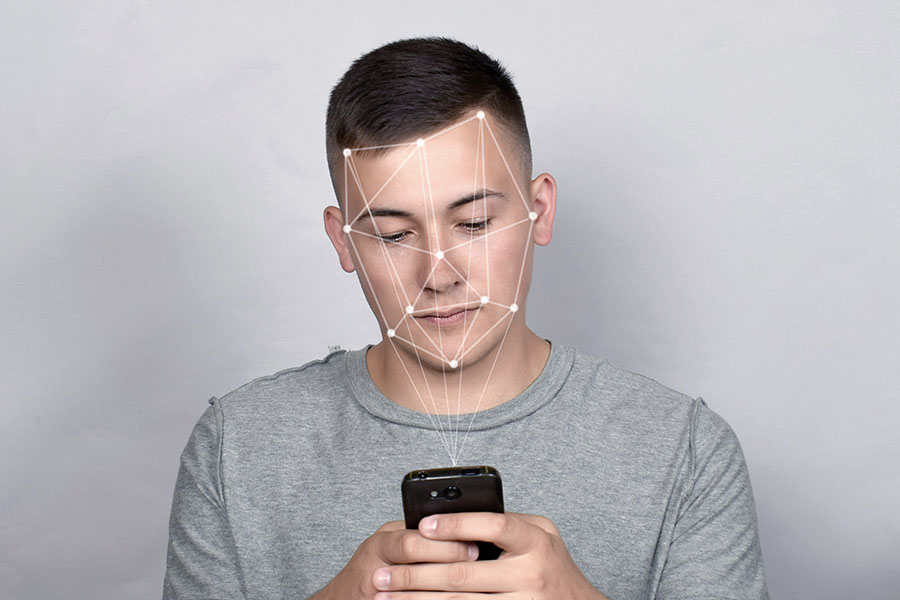How do you secure identity and transactions—especially business, financial, government transactions—in a world that is becoming more and more digital and hyperconnected?
It’s time to move on from old and increasingly vulnerable authentication methods, like ID cards and the username-and-password combo, to newer methods that pose a tougher challenge for cybercriminals to get past.
Today’s cybersecurity-conscious public and private enterprises, regardless of size, are swapping their passwords for methods that not only are safer but are also more convenient—because convenience facilitates deployment and the improved user experience facilitates buy-in.
One of those authentication methods is passwordless multi-factor authentication.
The Case for Passwordless MFA
Multi-Factor Authentication (MFA) offers layered protection by requiring two or more factors to authenticate users who attempt to access corporate networks and systems.
These factors can be one of the following:
- Knowledge (something you know): PIN, username and password, security question
- Possession (something you have): token, USB key, magic link, or smart card
- Inherence (something you are): biometrics—e.g., fingerprint, voice, palm veins, complex iris/retina patterns, behavior pattern, etc.
- Location (someplace you are): actual physical location determined through GPS
However, passwords are costly and the most vulnerable of the authentication factors. They are difficult for users to manage and often involve a huge number of password resets. Gartner’s recent study puts the cost of password management at $70 to $200 per user per year—which is why it makes great business sense to go passwordless.
Face Verification as a Key Factor in Passwordless Multi-Factor Authentication
Face verification is the digital answer to the traditional process of confirming the identity of someone who walks into a financial or government office armed with ID-relevant documentation. It makes it possible to confirm the identity of someone making a transaction using a mobile device.
The human face is unique, which makes it ultrasafe for online verification of user identity, and the top choice for businesses and government services wanting to be assured that you and only you have access to your data.
The difference between face recognition and face verification
These two terms are often used interchangeably, but they don’t mean the same thing.
Face recognition is among the physiological characteristics related to the shape of the body, which are one of the two types of biometric identifiers in biometrics technology for the following purposes:
• identification and access control
• identification of under-surveillance individuals in groups or crowds
According to Andrew Bud, CEO of UK-based facial verification vendor iProov, face recognition takes place “when a monitoring system at a railroad security station identifies that you walked through the station at 7:47 am.” The individual is not aware of it happening, nor do they benefit from it taking place.
Meanwhile, biometric face verification occurs “when someone knows and consents to it because they get personal benefit.” Take, for example, the process of applying for a credit card. Face verification benefits the user because it helps facilitate approval and their subsequent account logins.
Maximized convenience
Face verification has an edge over other factors when it comes to optimizing passwordless multi-factor authentication:
There’s no risk of sharing or theft, unlike with knowledge-based security (like PINS and passwords).
There’s no need to carry a device around, which can be misplaced, stolen, or left at home or someplace, which can be the case with device-based security (like mobile phones or tokens).
Photographs can be included in driver’s licenses, passports, and other identification documents, unlike other biometric identifiers like irises and fingerprints. When you need to prove your identity when making online transactions, you can do so only with face verification.
Best uses for face verification
As individuals, we will constantly need to confirm with enterprises, banks, and government services our identity. Here are the most common scenarios where online face verification facilitates and strengthens security in online processes:
Onboarding:
- Opening a bank account
- Application for a credit card or an insurance policy
- Application for visas, driver’s licenses, or passports
- Healthcare: applying to access your health record
- Education: applying to college or to sit an exam
- Work permits: applying to be an Uber driver
- Social networks: setting up an account
Authentication:
- Addition of new payees or transfer of large funds
- Insurance claim
- Checking of visa status, renewal of ID documents
- Booking health care appointments
- Sitting exams
- Confirmation of work permits
- Commenting and other activities on social media
It’s time to embrace a more complex yet more convenient authentication, to make life easier for users and administrators alike and ensure complete compliance.
At TraitWare, we have done the research and fine-tuned everything to come up with a simplified, cost-saving way to help your business thrive in a digital, hyperconnected market.
Contact us today to learn more about our enterprise-level plug-and-play passwordless MFA solution.
